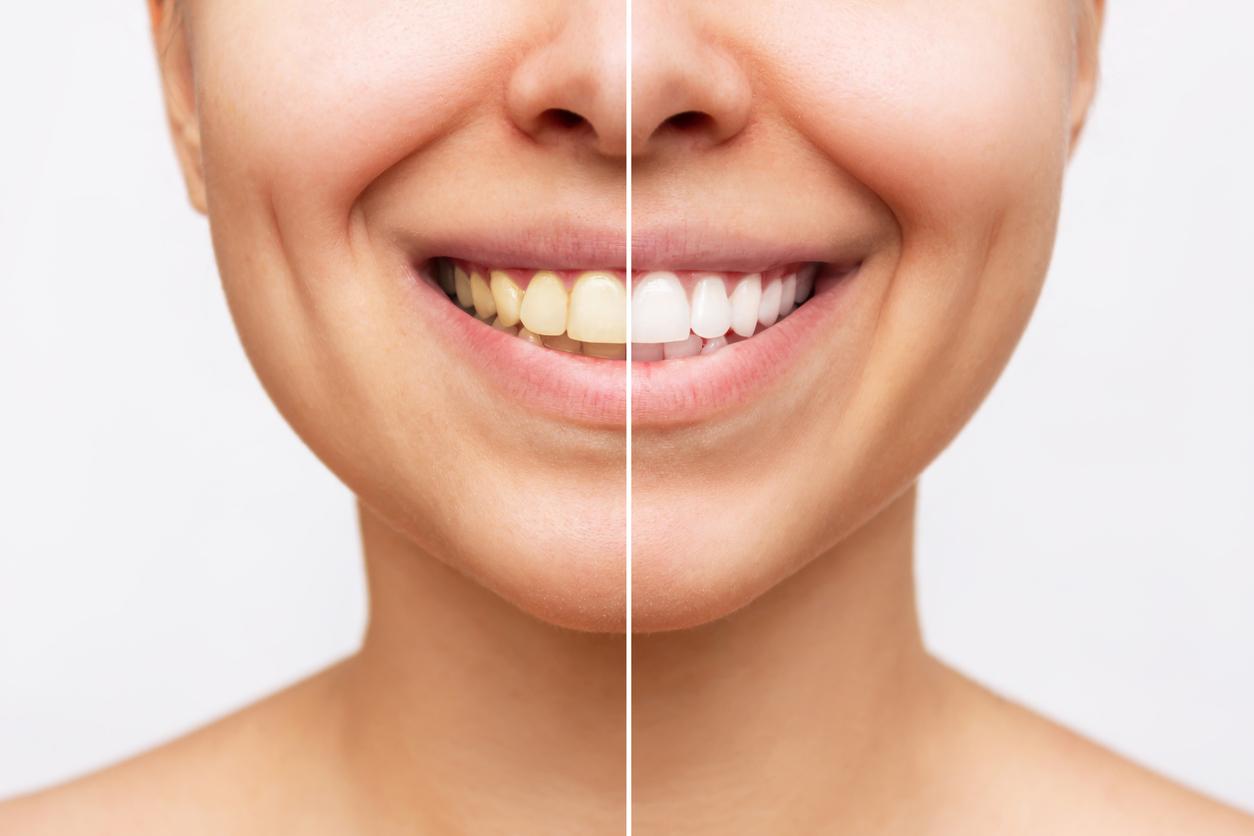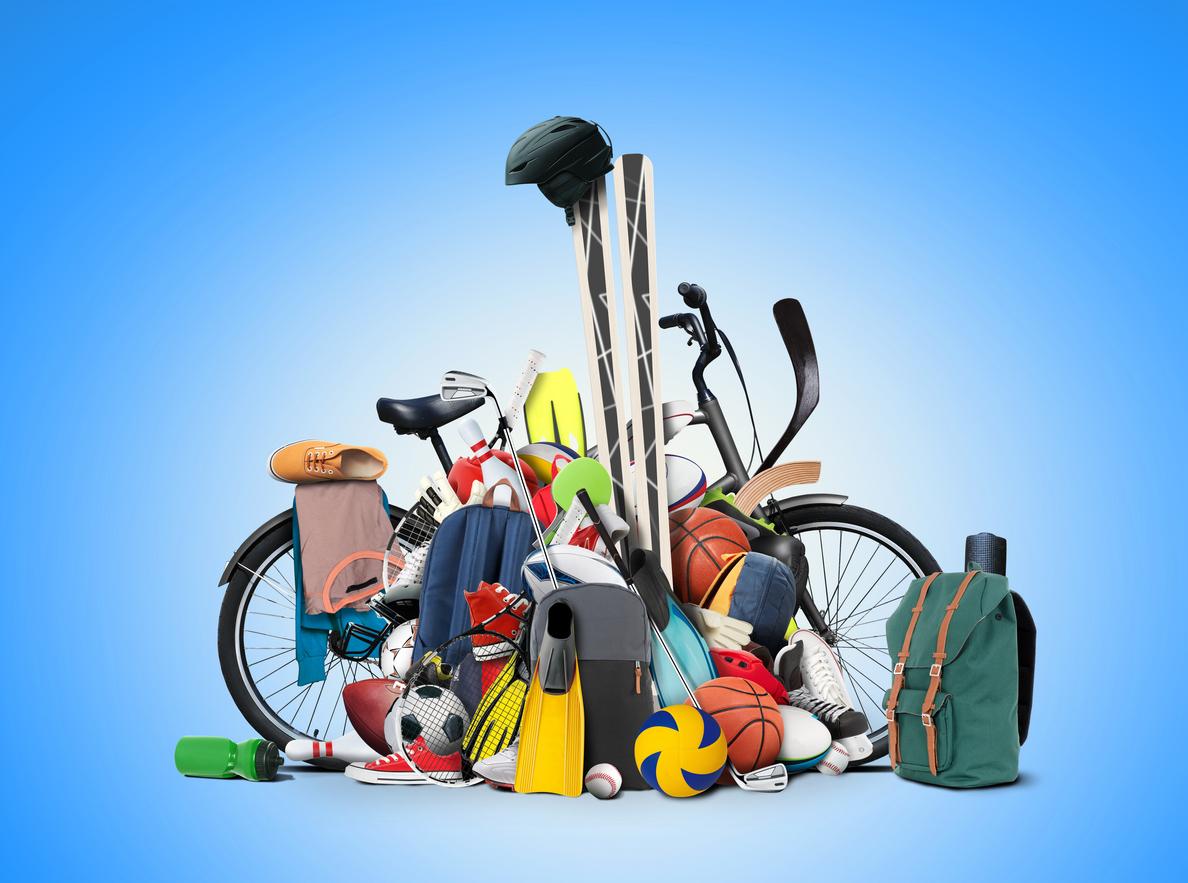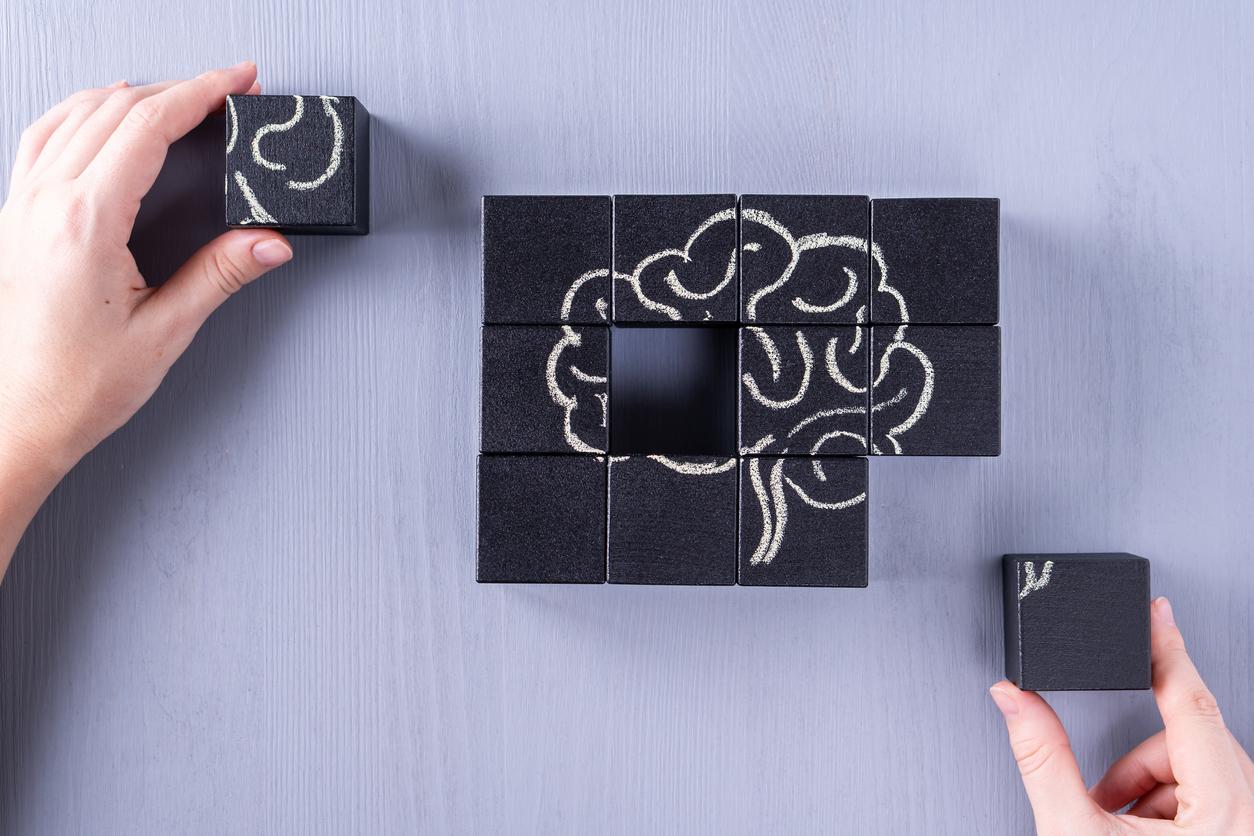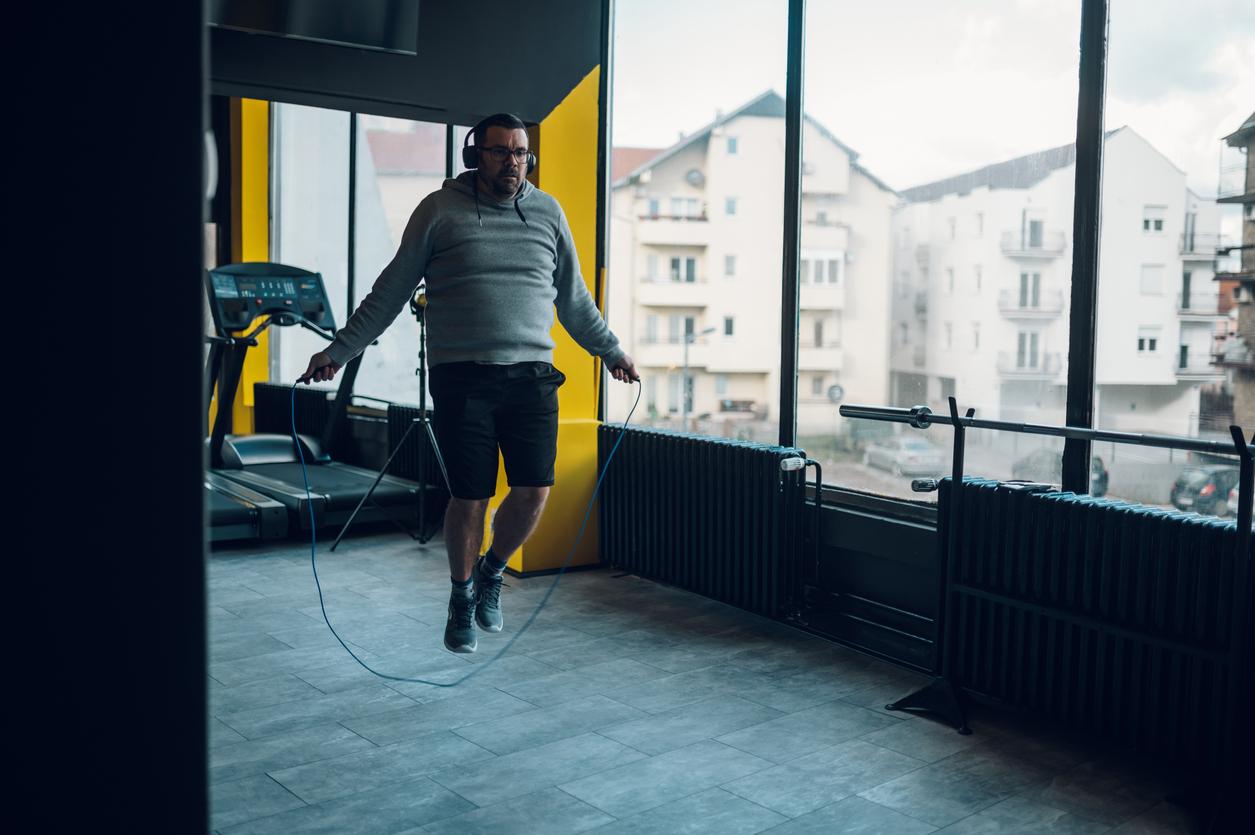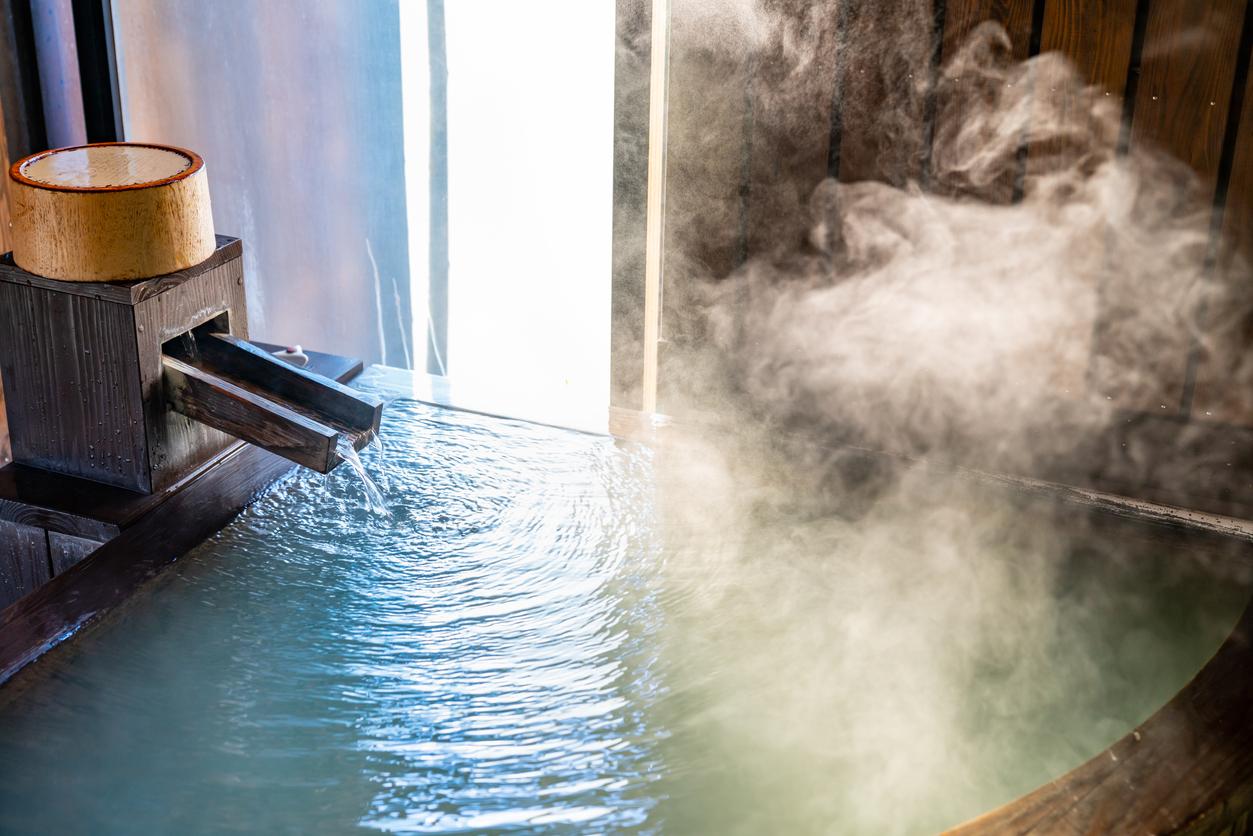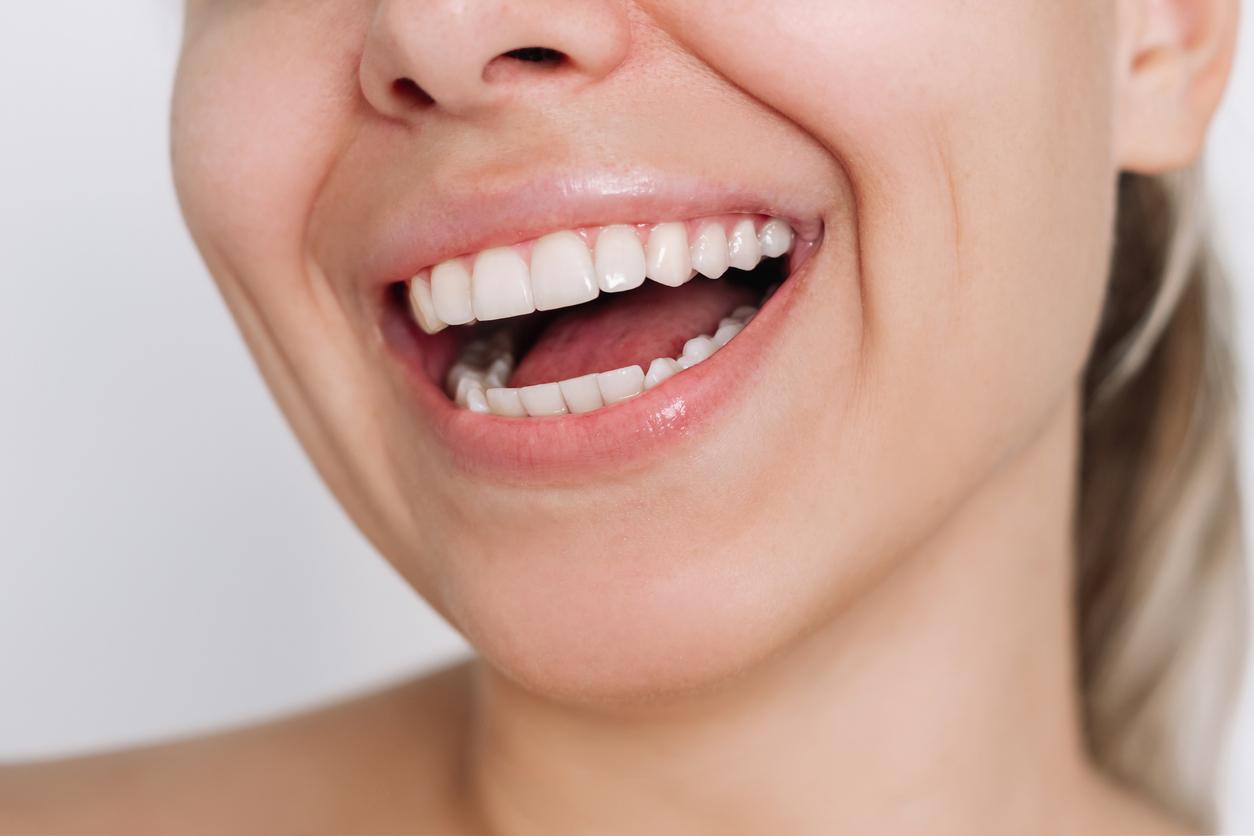Each year in France, there are several thousand dental accidents involving trauma linked to the practice of a sporting discipline.
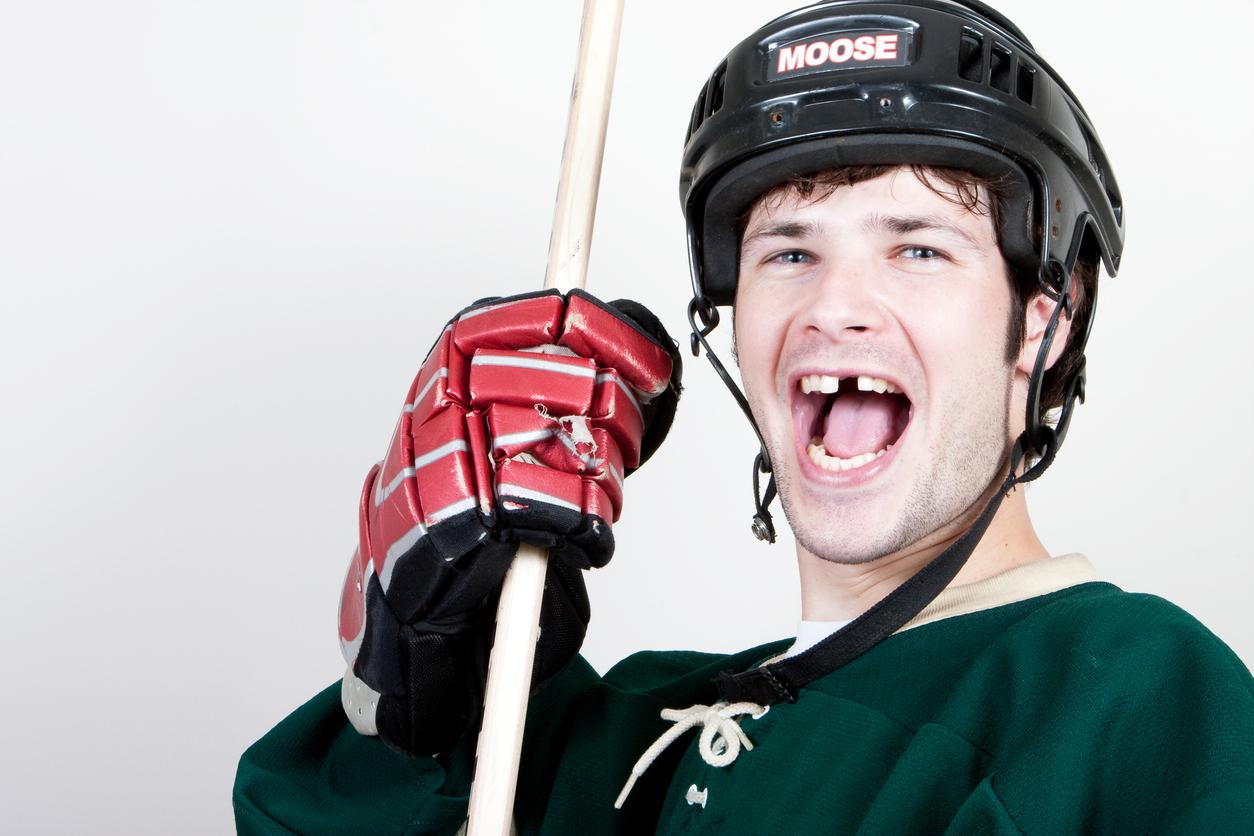
- Sports practice is the cause of 8% of dental trauma.
- To avoid them, orthodontists recommend wearing mouth guards.
- They also explain how to react to a shock to the teeth during a sports session.
A few weeks before the start of the Olympic Games, the French Federation of Orthodontics explains how to protect your teeth when playing sports.
“Sports are the cause of 8% of dental injuries, and only 31.5% of athletes know the right actions to take in the face of such injuries,” write the orthodontists in a press release.
What are the most dangerous sports for teeth?
Dental accident rates vary based on different criteria:
– the type of activity: contact sport or individual discipline.
– The practice surface: lawn, ice or indoor field.
– The age of the athlete: young children are most affected by dental accidents due to their lack of coordination.
Some sports are particularly risky for teeth, namely: rugby, football, basketball, handball, speed skating, ice hockey, curling, karate, boxing, judo, taekwondo, kick-boxing, rollerblading, skateboarding, luge and skiing.
Sport: wearing mouthguards is recommended
To protect the oral health of athletes, both experienced and amateur, the French Orthodontic Federation therefore recommends wearing mouth guards which act as a barrier.
“Protective aligners are ideal for multi-bracket wearers because they protect the teeth and the dental appliance by absorbing shocks. These must be remolded (soaked in hot water to change the shape) or changed regularly in order to remain perfectly adapted to the shape of the dental arches”, explain the specialists. “These products are easy to use and available in any large sports store,” they add.
“For wearers of removable dental appliances such as aligners, for example, it is necessary to remove this device and replace it with the protective splint before practicing a contact sport such as rugby or boxing, for example,” they continue. The practice of other sports where the risk of impact is lower, such as running, swimming or fitness, do not require any special protection.
“We note that invisible orthodontic devices (aligners and splints) are more compatible with sports practice due to their mobility and their smooth surface which unites all the teeth and really protects them,” also indicates the federation.
There are also orthodontic mouthguards that are specially designed for wearers of braces and braces. “The risk of injury is increased when wearing braces fixed to the teeth. Any impact to the face can cause tooth fracture and damage the mucous membranes due to the roughness of the braces. Orthodontic aligners offer greater comfort to athletes, including the youngest among them,” says dentist Audrey Chokron.
Teeth: what to do in case of shock or loss during sport?
In case of impact to the teeth during treatment with braces, it is essential to consult your orthodontist, even if there are no signs indicating an impact. When a child or adolescent with braces receives an impact to the face, it is also important to go to a dentist as soon as possible.
The first steps to take in the event of tooth loss are to retrieve the knocked out tooth, clean it briefly (10 seconds) under tap water or with physiological serum, rinse the patient’s mouth with water or mouthwash, if possible replace the tooth in its socket and hold it in place by tightening it with a sterile compress.
The first aid kit for dealing with dental shocks consists of a neutral pH soap, a small sponge for cleaning exorbital wounds, mouthwash, physiological serum, sterile compresses, a clean storage medium such as an airtight container, chewing gum, orthodontic wax and gloves.








